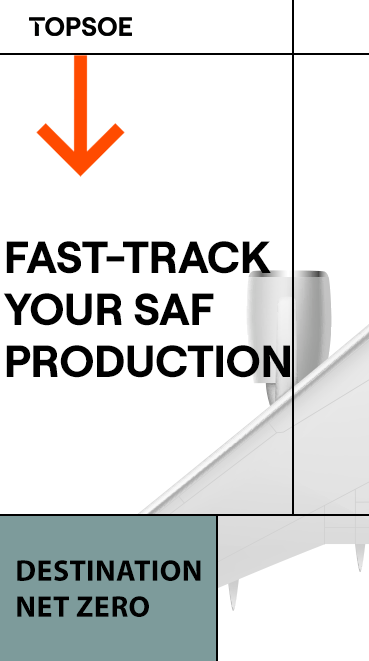Study finds models to assess indirect land-use change not sufficiently robust

Controversial debates about the impact of European biofuel policy on cultivation of agricultural commodities in other regions (i.e., indirect land-use change) have been underway since the target of 10 percent renewable energy in the transport sector was made legally binding in the Renewable Energy Directive.
As early as 2015, Directive 2015/1513/EU, dubbed the “ILUC Directive,” introduced a 7 percent cap on biofuels from cultivated biomass as a political compromise, as the Union for the Promotion of Oil and Protein Plants e. V. (UFOP) underlines. That upper limit was initially lowered to 6.5 percent in Germany and subsequently further reduced to 4.4 percent in 2021.
That takes account of the historical development of cultivated biomass production, as UFOP emphasized. Certified-sustainable biofuels from cultivated biomass play an important bridging role in transport-sector decarbonization.
It is particularly important in this context that the legal requirements to demonstrate sustainability and greenhouse-gas reduction are also implemented in third countries.
Twelve years on, an analogous level playing field is currently being introduced internationally for soy, beef, palm oil, wood, cocoa and coffee thanks to the EU regulation on deforestation-free products.
This regulation also stipulates that dated proof concerning the area under cultivation is mandatory (reference year 2020). For biofuel certification, the reference year is 2008 and the ecological status of the cultivated area must also be demonstrated, with a view to safeguarding biodiversity.
EU Directive 2018/2001/EU on Promotion of the Use of Energy from Renewable Sources (RED II) stipulates that there must be continuous monitoring of developments concerning indirect land-use changes (ILUC).
Global expansion of areas for producing food and feed crops on land with high carbon stocks must be recorded and reviewed regularly, drawing on relevant scientific information and studies. Provisions on these points are included in the Delegated EU Regulation 2019/807.
The UFOP-funded study, “Development of a Monitoring Concept for the Evaluation of ILUC,” written by a team of authors led by Professor Rainer Kühl from Giessen University, picks up on this objective.
The study concludes that its comprehensive evaluation of scientific publications reveals disagreements concerning their assessment of the causal relationships between policies implemented in countries that consume biofuels and the impact of indirect-land use changes, quantified in concrete terms.
Additional triggering effects are thus discussed for South America (soy) as well as for Southeast Asia (palm oil).
Strong population growth, the associated urbanization of rural regions and the need for supplies of food, energy and raw materials (wood and rubber) for the local populace, for example, increasingly determine land use.
Analysis of the methodological approaches developed to date reveals that the models used are not sufficiently robust from a scientific perspective in establishing causal determination of indirect land-use changes (biofuel consumption) as global and regional effects and when deriving highly aggregated regulatory factors to combat ILUC.
A further conclusion of the study is that assessments concerning the causes of direct and indirect land-use changes are also dependent on the research methods used in studies analyzing land-use impacts.
In this context, the huge scope for interpretation becomes apparent, as scientific papers and increasingly widespread geo-information systems often deploy impact-analysis models based on econometrics. The various model calculations frequently arrive at different results for the same questions. Major differences can be seen in the results even when the underlying facts are comparable.
It is consequently still difficult to provide clear evidence of a causal relationship between consumption of bioenergy and indirect land-use effects, and thus to determine the extent or significance of the ILUC effect to be demonstrated in terms of additional cropland.
Studies in the relevant scientific journals do not, on the other hand, address rapeseed cultivation from the perspective of indirect land-use change. Studies in this context focus primarily on lifecycle assessments (LCA) and on evaluating the consequences of rapeseed cultivation for greenhouse-gas balances.
About the study
Based on the current scientific literature, the relationship between biofuel use and its feedstocks (soybeans, palm oil and rapeseed) in indirect land-use changes is examined and appraised in three steps.
A systematic analysis was conducted of the relevant academic publications on these topics in 87 national and international academic journals from the past five years (2018-’22) in order to continue developing the scientific findings addressed in the European Commission’s report in terms of underlying concepts and substantive issues.
Ninety-two of the 326 academic papers reviewed were ultimately consulted in preparing the study that is now being presented.
The study is available for download, free of charge, here.






















-RKstandin.jpg)
_gif.gif)




